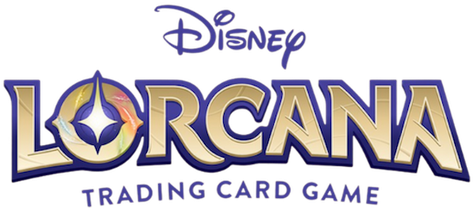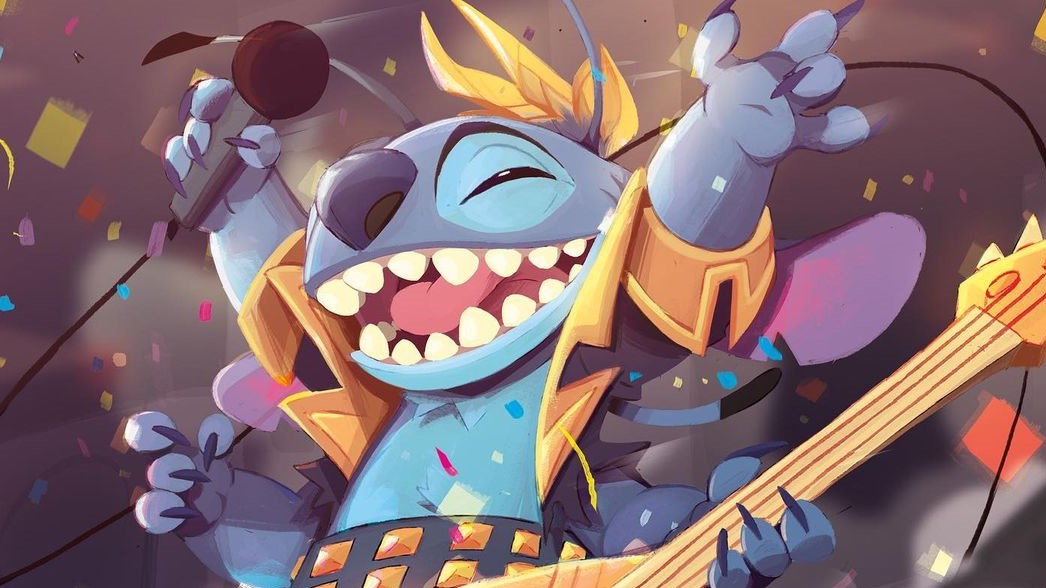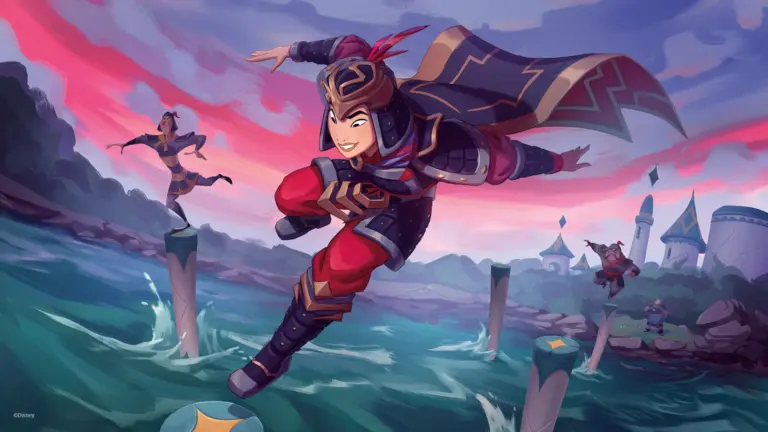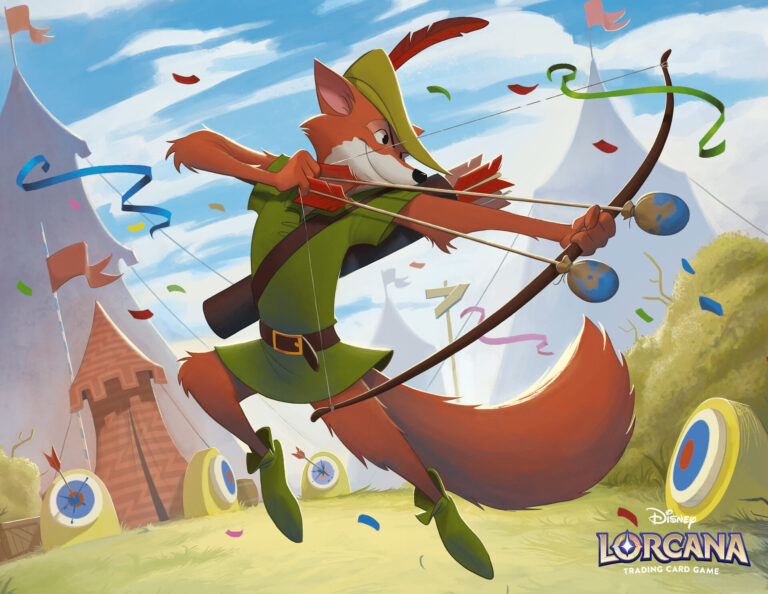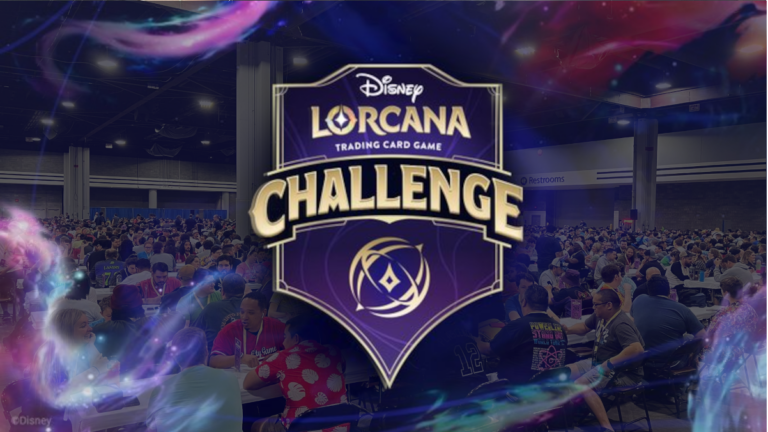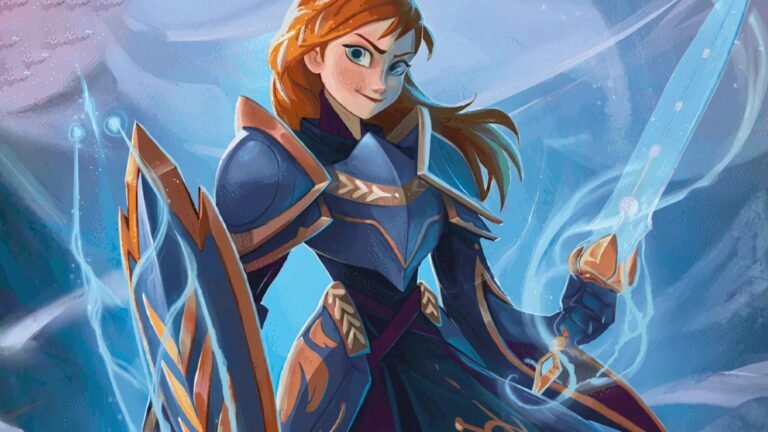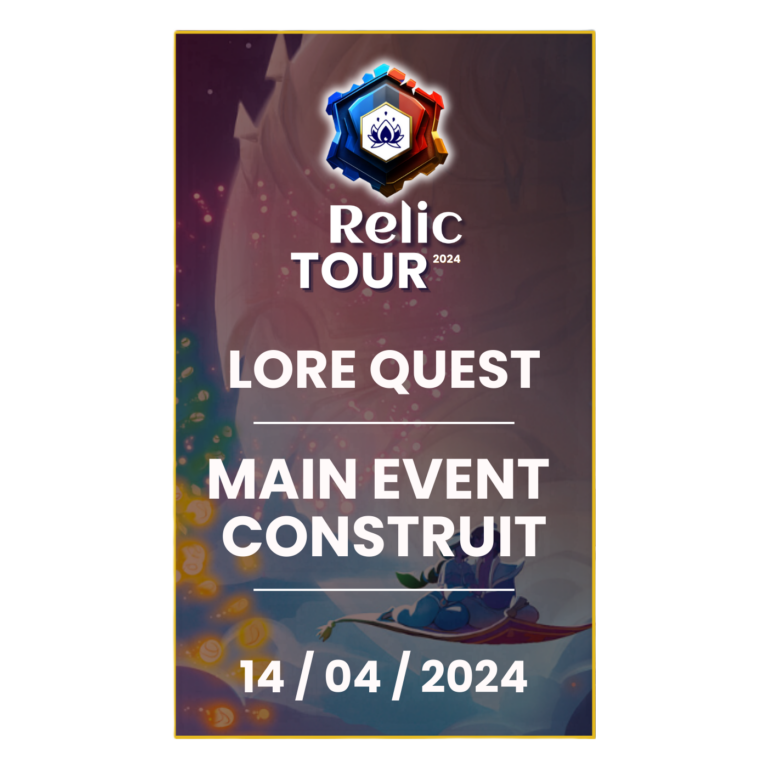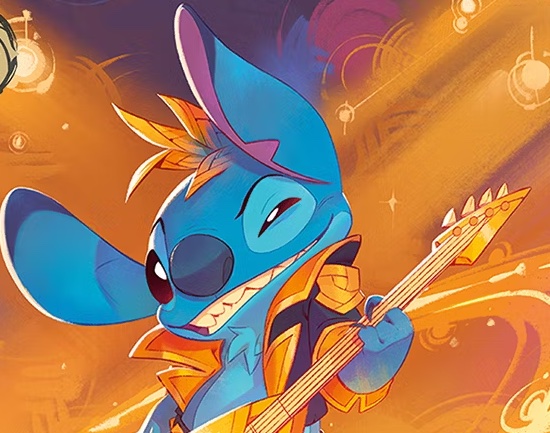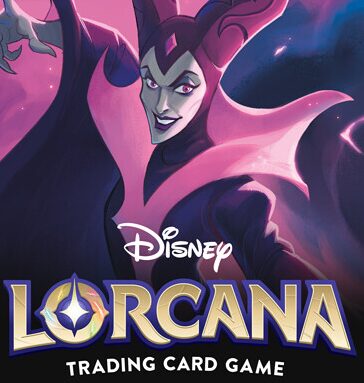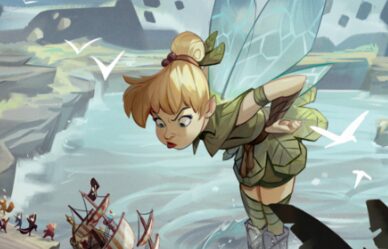Card draw engines in Disney Lorcana heavily shifted from being passive to active in the Rise of the Floodborn metagame. Decks that abuse the active card draw engines are dominating the current metagame, but there may be answers to be found by peeling back the passive engines.
Throughout the Chapter One metagame, there was a constant struggle between what I like to call active and passive card drawing. I define active card drawing as simply playing a card that nets you one or more cards. There is no real “cost” to the card draw effect other than the cards play cost, but oftentimes you are left with the character or item in play even after using it.
Examples of active card draw are Friends on the Other Side, Merlin – Rabbit, Maleficent – Sorceress, Magic Mirror, The Queen – Wicked and Vain, Ursula – Power Hungry (I mean assuming they have at least one lore...), A Whole New World, Gaston – Intellectual Powerhouse, Donald Duck – Perfect Gentleman, and even Ariel – Spectacular Singer or Be Our Guest. These cards easily turn into more cards, and more cards means more resources to use to further your game plan.
The immediate payoffs are obvious, but combined with additional cards, these active card draw engines can be abused even further with little downside. For example, the “Mim Bounce Package” (Madame Mim - Snake, Madame Mim - Fox) can combine with any of the characters above to “reset them,” allowing you to retrigger their “when played” abilities. Mims are simply the most popular ways of activating them, but cards like Bounce or Bibbidi Bobbidi Boo could see play in those slots if the Mims ever found a reason to fall out of favor.
What do I consider Passive Card Draw? Passive card draw can be dealt with, whether it is a character or item, or require additional hoops to draw through to net you the cards. I am not simply talking about additional cost, or else then something like Magic Mirror would fall into the Passive category. There are so many examples of passive card draw, and these types of effects dominated in the First Chapter metagame because they were often a better payoff than their active cousins (and there were less active ones at the time). They form a puzzle that you could solve and when the puzzle was completed, you could sit back and see the completed picture that ran smoothly, but you still had to put in the effort to make it work.
Typically, these cards exist purely to draw cards, but require you to put in effort into getting that payoff. There are so many examples of passive card draw engines in Lorcana, with varying degrees of success, and frankly this is a good thing:
Amber
Amethyst
Emerald
Ruby
Sapphire
Steel
Cards like Cinderella - Knight in Training, Simba - Future King, and Tinker Bell - Tiny Tactician are card sifting and improvement engines and not “card draw engines” for the purposes of this discussion. They are still powerful cards in their own right, but not included above.
Whereas, cards like Hades - Lord of the Underworld, Snow White - Well Wisher, Lady Tremaine - Wicked Stepmother, Nick Wilde - Wily Fox, or even Mufasa - Betrayed Leader I would consider passive card draw engines, but serve different purposes when used correctly. I would also put ink acceleration that does not cost you cards from your hand like Mickey Mouse - Detective in this category.
Passive card draw engines can be just as powerful and even out-perform active ones when the right combos are found. For example, playing Mother Gothel - Withered and Wicked and Rapuznel - Gifted with Healing in the same turn is not only extremely flavorful, but ends that sequence with a 3/4/1 and a 1/5/2 in play with three new cards in hand for six ink. That is a better payoff in cards per ink ratio than even Friends on the Other Side (when you pay the three of course, not when sung for free).
In Lorcana, the Passive card draw engines often act as win conditions themselves. Rapunzel has a huge body with two Lore, same with Stitch - Carefree Surfer. Stitch - Rock Star[card] allows you to keep the board filled with threats which refilling your hand, giving you great resilience to sweepers like [card]Grab Your Swords or Be Prepared. He also is a three lore larger body who can be played very early if Shifted onto a Stitch - New Dog. Prince John - Greediest of All strips your opponent of options while increasing your own, he simply needs to dodge early Grab Your Swords from cheap Shiftable options in Amber-Steel.
We have already seen a lot of the Sapphire passive engines come together to form the popular Pawpsicle’s list, but it is interesting to see decks like Amethyst-Steel and Emerald-Steel perform well at larger events that are built around other passive engines.
In most Trading Card Games, active card draw should be rare, and harder to abuse instead of the “standard” like it is currently in Lorcana. It was understandable in the First Chapter to have Amethyst’s role defined as “the active card draw ink color” but supplementing it each set (and combining with playable and powerful passive card draw engines even within color) has become abusable already after simply two sets. Currently the Active card draw in Amethyst can easily support an additional ink color without any of its own types of card draw (simply by adding Merlin - Rabbit and the bounce package), whereas in the First Chapter the passive card draw engine of Amber was needed to complement the small amount of Active in Steel or other colors (Amber-Steel was objectively the “best deck” in the Chapter One format).
You do not need me to simply complain about the power of the Amethyst card draw, however. I want you to understand that these types of passive card draw engines are important to play and find as you continue to explore the current metagame and beyond. I believe if new decks are to going to rise in the tiers of the RotF meta, they will be built around these engines, so before you simply bow to our active draw overlords, explore what being passive may net you!
